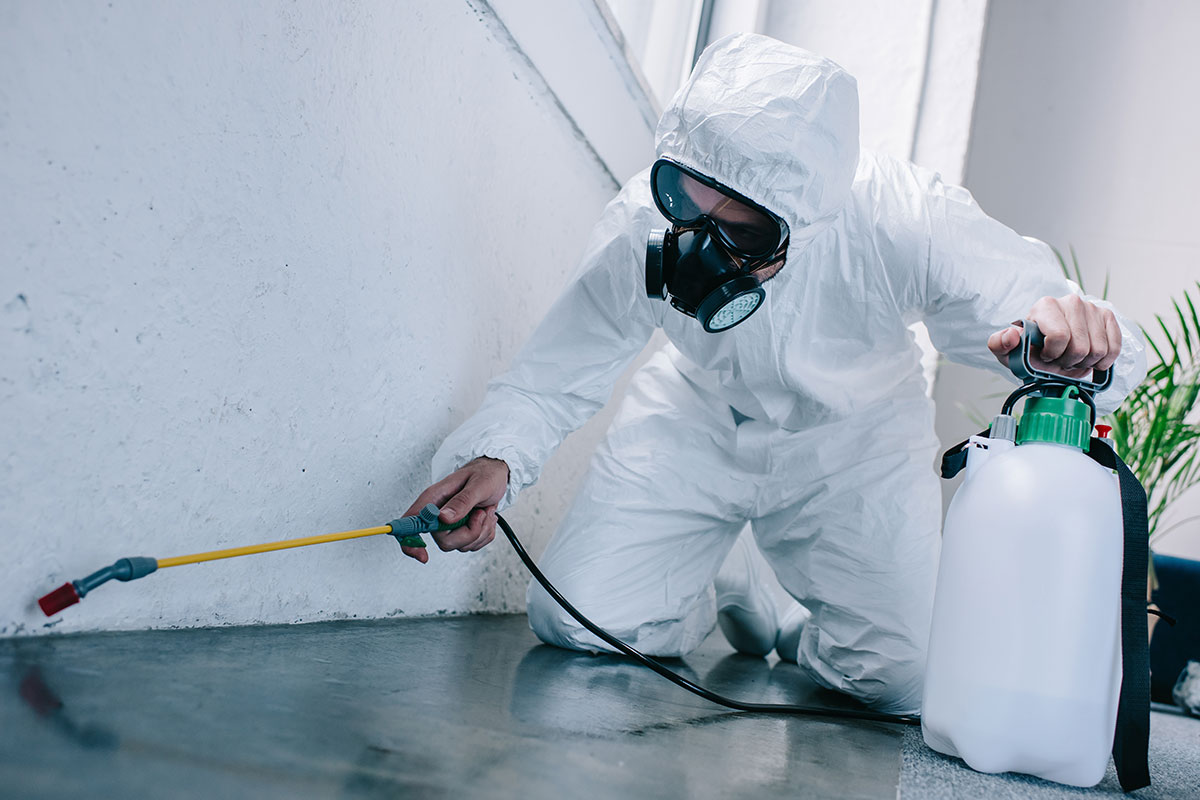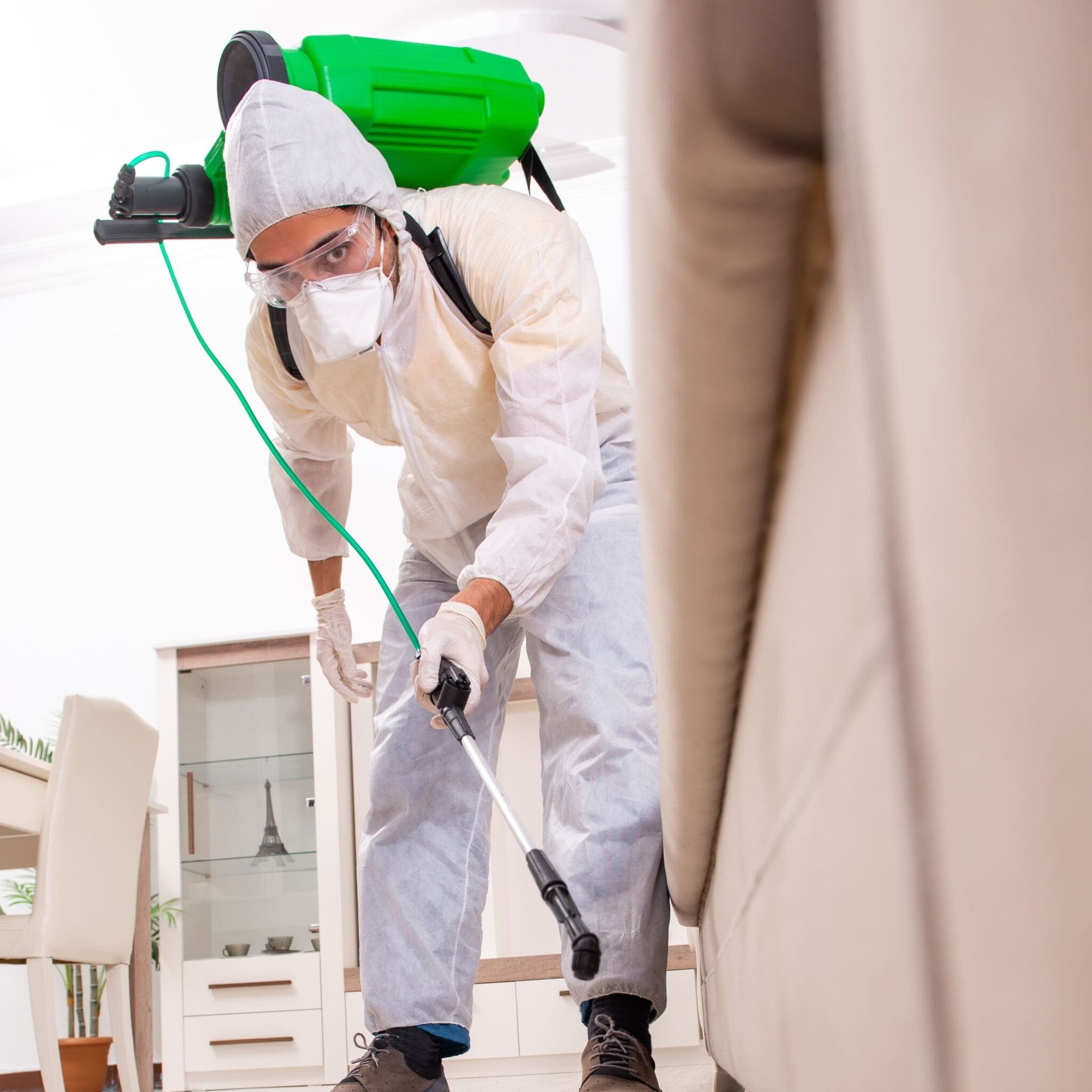Bug Control 101: Identifying Common Vermin and Their Efficient Treatments
Pest control is a basic facet of preserving a healthy living atmosphere. Usual parasites like ants, rodents, and various bugs can posture considerable challenges. Understanding their actions and indicators of infestation is vital for effective monitoring. While chemical options exist, there are also natural options worth taking into consideration. As one explores the subtleties of parasite identification and treatment options, the value of prevention methods comes to be increasingly noticeable. What methods can truly maintain pests away?
Determining Ants: Types and Their Habitats
Ants, small yet awesome insects, are a varied team that can be found in numerous environments throughout the globe. There are over 12,000 identified types, each showing one-of-a-kind habits and adjustments. Common types consist of the black yard ant, which thrives in pleasant locations, and the fire ant, understood for its uncomfortable sting, prevalent in warmer areas. Carpenter ants like wet wood, making them an issue for homeowners, while scent-laden house ants are drawn in to human food resources.
Ants build elaborate nests, often underground, in wood, or within structures. Their habitats range from woodlands to metropolitan settings, showcasing their adaptability. Many types are social, living in swarms that can vary in size from a couple of lots to millions. Determining the kind of ant is important for reliable insect management, as each types has different nesting practices and foraging actions that affect control strategies. Comprehending their habitats help in avoidance and therapy initiatives.
Recognizing Rodents: Signs of Infestation
Rats, like ants, can posture considerable challenges for companies and property owners alike. Acknowledging signs of an infestation is important for efficient bug control. Usual indicators include droppings, which are commonly discovered near food sources or nesting areas; small, dark pellets that can be mistaken for seeds. Eaten cords, furniture, or packaging might likewise signal a rodent visibility, as they continually chomp to maintain their teeth convenient. In addition, house owners may discover gnaw marks on baseboards or wall surfaces. Undesirable odors, originating from urine and droppings, can show a bigger problem. Scraping or scurrying sounds, specifically in the evening, are another telltale indicator of rodents. Ultimately, the visibility of nests, generally composed of shredded materials like paper or material, can validate an invasion. Resolving these indications quickly can assist alleviate damages and prevent the spread of diseases connected with rodents.
Usual Bug Pests: From Aphids to Termites
Pests represent a diverse team of insects that can create chaos in gardens and homes, with species varying from little aphids to damaging termites. Aphids are tiny, sap-sucking insects that can swiftly infest plants, resulting in stunted growth and distortion. They often attract ants, which safeguard them from all-natural predators. On the other end of the range, termites are notorious for creating considerable structural damages to wood structures. They consume cellulose located in timber, compromising the integrity of homes and structures. Various other common insect bugs consist of cockroaches, which prosper in unhygienic conditions, and insects, recognized for their bites and trouble in eradication. Flies, especially houseflies, can infect food and transfer diseases, while mosquitoes present wellness risks via their bites. Efficient pest management starts with identifying these pests and recognizing their behaviors, which is necessary for protecting and avoiding problems both residential or commercial property and wellness.
Reliable Treatments: Chemical and Natural Solutions
While home owners typically seek instant remedy for bug Pest Control Homestead invasions, choosing the appropriate treatment-- whether chemical or all-natural-- calls for mindful factor to consider of effectiveness and safety. Chemical services, such as insecticides and pesticides, can provide rapid outcomes but commonly lug threats, including potential injury to non-target types and ecological problems. Homeowners have to read tags, comply with application guidelines, and consider the timing of therapies to reduce dangers.
Alternatively, natural remedies, such as diatomaceous earth, crucial oils, or homemade catches, charm to those looking for environmentally friendly alternatives. They may take longer to reveal results, several all-natural treatments are safer for houses with pets and kids. Integrated insect management, which combines both chemical and all-natural approaches, can likewise work. Ultimately, the selection between these treatment kinds ought to straighten with the extent of the infestation, personal values relating to safety and security, and the certain parasite being targeted
Avoidance Techniques: Maintaining Your Home Pest-Free

Furthermore, correct landscape design can deter insects; keeping shrubs trimmed and getting rid of particles from the lawn decreases concealing locations. Homeowners should also take into consideration moisture control, as many insects grow in damp conditions. Repairing leaks and guaranteeing proper drainage can reduce this danger. Employing natural deterrents, such as essential oils or diatomaceous earth, can create an unfavorable atmosphere for bugs. By executing these approaches, individuals can produce a pest-free home and decrease the possibility of future infestations.
Often Asked Concerns
Just how Do I Know if I Have a Bug Issue?
Indications of a bug trouble consist of droppings, nibble marks, nests, or unusual sounds. Observing damaged food or building, in addition to unexplained rashes or bites, may also show the presence of pests in the setting.
Are There Any Seasonal Insect Trends to Be Familiar with?

Can Indoor Plant Kingdom Attract Pests?
Interior plants can undoubtedly bring in parasites, as they offer a suitable environment for pests like aphids and crawler termites. Pest Control Homestead. Appropriate treatment and routine examination are important to keep and prevent infestations plant health
What Are the Wellness Risks Connected With Parasite Infestations?
Bug infestations present various wellness threats, including allergic reactions, respiratory system concerns, and the spread of diseases. Exposure to parasites like pests and rodents can cause infections, attacks, and contamination of food and living atmospheres.
Just how Commonly Should I Inspect My Home for Bugs?
Routine examinations ought to occur at the very least when every season, guaranteeing any kind of signs of bug activity are identified early. House owners may readjust frequency based upon their certain environment and previous pest issues. Uniformity is crucial.
Common insects like ants, rats, and various bugs can present considerable obstacles. Identifying the type of ant is essential for efficient parasite monitoring, as each species has different nesting routines and foraging actions that influence control strategies. While home owners usually seek immediate alleviation from insect infestations, picking the right therapy-- whether chemical or all-natural-- calls for careful factor to consider of performance and safety. Reliable parasite control expands past instant therapies; it also entails proactive measures to stop invasions before they start. Seasonal parasite patterns typically consist of boosted rodent task in autumn as they seek warmth, while springtime commonly brings an increase of ants and termites.